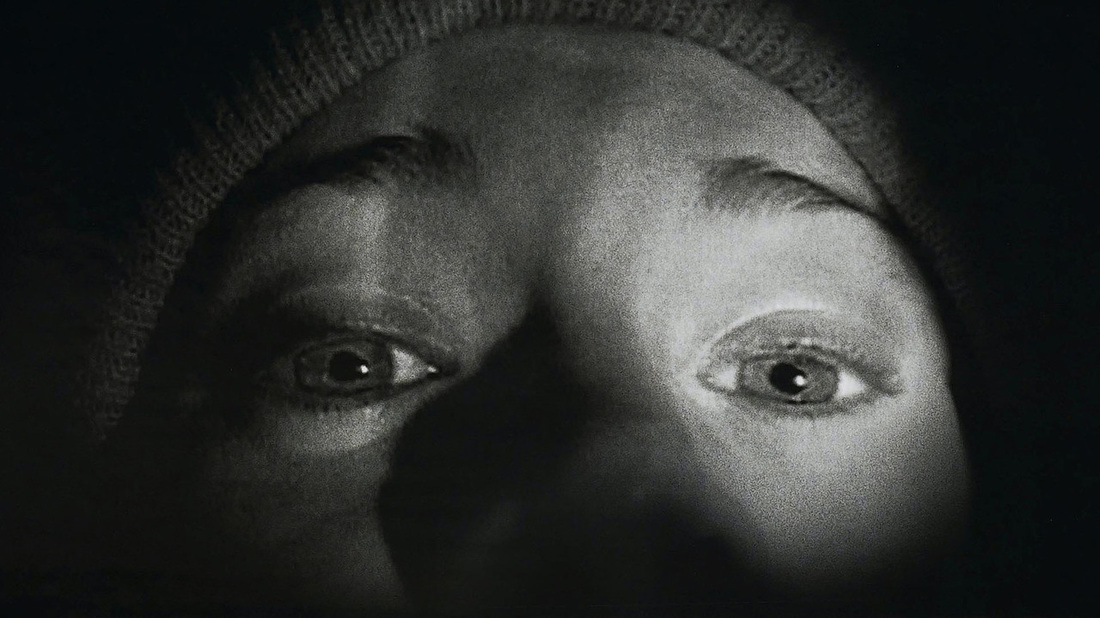For directors, the found footage genre is enticing because of its ability to be cheaply produced with the potential for high profit. To explain, generally, these movies lack recognizable stars to aid in the suspension of disbelief, particularly when desiring a viral marketing campaign that attempts to distort the line between reality and fabrication. In order to further distort this line, directors also typically prefer amateur cinematography and sound. With that said, very little money needs to be spent on the cast and crew, which allows directors to circumvent a lot of the upfront costs, but still find ways to interest viewers and generate high profit margins. For instance, when The Blair Witch Project was first released, it claimed to tell a true story about three student filmmakers who disappeared while filming a documentary about a local legend known as the Blair Witch. To enhance the notion of the story being true, the directors made sure that the “victims” were not available for interviews around the time of the film’s initial release. In all, the final cost of The Blair Witch Project reportedly topped out at around $750,000, but took in about $249 million worldwide (Ordoña). Similarly, when Paranormal Activity was released, it made $193 million on a reported $15,000 budget.
Although the reasons for why the found footage genre appeals to directors is obvious, why has the style been so successful for viewers? Perhaps this question can be answered by considering how found footage movies cater to a generation of adults that are always plugged-in and sharing their lives online. In other words, found footage films inherently possess qualities that viewers find relatable, which enhances their believability and appeal. Naturally, this also makes the found footage film an effective technique for horror films to embrace. As screenwriter John Swetnam observes, through the found footage approach, viewers are able to experience scares in a “more visceral and direct way,” along the lines of the “choose your own adventure books” (Frappier). However, Swetnam believes that the found footage genre could become an effective technique for movies outside of the horror genre, citing Chronicle (Trank, 2012) as an example. Ultimately, Swetnam believes that although people may no longer see found footage films as reality, “they will suspend their disbelief and become part of the story like never before,” making the potential for the genre limitless. Without a doubt, despite its recent advent, the found footage genre stands poised to offer some interesting possibilities and develop into a prevalent cinematic movement.
Works Cited
Frappier, Robert. "Interview: Why Are Found Footage Movies So Popular?" Screen Rant. Web. <http://screenrant.com/popular-found-footage-movies-robf-154762/>.
Ordoña, Michael. "Hollywood embraces found-footage craze." Boston Globe [Boston] 02 Jan 2014. Web. 30 Jan. 2014. <http://www.bostonglobe.com/arts/movies/2014/01/02/hollywood-embraces-found-footage-craze/BkICd5RhUE1WCsbBSrYclI/story.html>.


 RSS Feed
RSS Feed
